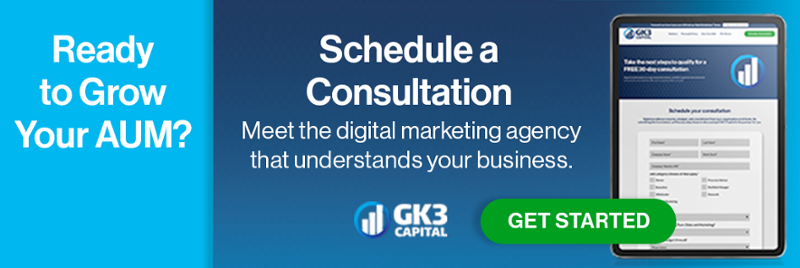In my day-to-day interactions with clients and fellow industry experts, I often notice a bit of confusion around the various types of pages on a website and their specific roles. It's not uncommon for some to interchangeably use terms like 'pillar page' and 'landing page,' which, although understandable, can lead to a lack of strategic focus—especially when we're talking about a component as crucial as the landing page. This article aims to clear up any ambiguity, focusing on what I believe to be one of the most critical tools in your digital marketing arsenal: the landing page.
Before we dive into the best practices, let's take a moment to define what a landing page truly is, at least from my perspective. While the term 'landing page' might suggest any page on your website that a visitor can arrive at, I see it as something more specific. A landing page is a standalone page that you deliberately direct people to, typically via email, social media, or paid advertising. The purpose of this page is singular—to lead visitors towards one single call to action (CTA). This focused approach is what sets landing pages apart and makes them such a powerful tool for conversion.
The Role of a Landing Page
Understanding the role of a landing page is crucial in leveraging its full potential. Unlike a homepage or a service page, which may have multiple objectives and links guiding visitors to different parts of your website, a landing page is all about simplicity and focus. This clarity of purpose is what makes landing pages so effective in converting visitors into leads and customers.

Crafting Your Landing Page: Best Practices
With a clear understanding of what a landing page is and its purpose, we can now look at the best practices for creating a landing page that converts. These guidelines are drawn from my experiences and successes in the financial services sector, where the right approach can make all the difference in turning interest into action.
1. Ensure Message Match: The message on your landing page should directly align with the content of the ad, email, or link that brought the visitor there. This consistency reassures visitors that they're in the right place and keeps them engaged.
2. Keep It Focused: Every element on the page should support the single action you want the visitor to take. Avoid any distractions, such as links to other pages or multiple offers, that could divert attention away from your primary goal.
3. Emphasize the Value Proposition: Clearly communicate the value of what you're offering. Why should the visitor take the desired action? What's in it for them? Make sure this value is immediately apparent.
4. Design for Usability: The page layout should be intuitive and visually appealing, guiding the visitor's eye naturally towards the CTA. Use contrasting colors for your CTA button to make it stand out, and ensure the form or link is easy to find and use.
5. Optimize for Conversion: Every element, from the headline to the imagery, should be chosen with conversion in mind. Test different versions to see what works best, continually refining your approach based on actual data.
6. Build Trust with Social Proof:

7. Fast Loading Time: Page load speed is critical. A slow-loading page can increase bounce rates, so ensure your landing page loads quickly to keep potential clients engaged.
8. Mobile Responsiveness: With more people accessing content on their smartphones, your landing page must look great and function flawlessly on mobile devices.
9. Clear and Compelling CTAs: Your CTA should be straightforward, compelling, and clearly state what will happen when clicked. Use action-oriented language that encourages the visitor to take the next step.
10. Continuously Test and Improve: Use A/B testing to try different elements and see what improves conversion rates. Always be open to making adjustments based on performance data.
Conclusion
A well-designed landing page is a potent tool in your digital marketing toolkit, especially within the competitive landscape of financial services. By focusing on a single, clear call to action and designing every element of your page to support that goal, you can significantly increase your conversion rates. Remember, the effectiveness of a landing page lies in its simplicity and focus—guide your visitors clearly and compellingly towards the action you want them to take, and you'll see the impact on your bottom line.

John Gulino
John Gulino is the Founder and CEO of GK3 Capital LLC. Experienced in all facets of distribution including management, direct sales, training, and development, John has been fortunate to represent some of the industry’s most respected and innovative financial institutions and has consulted with many more of the top asset management firms in the industry on how to better align their sales and marketing efforts.


.png?width=400&height=444&name=200x222%20Blog%20Feature%20Image@2x%20(4).png)


